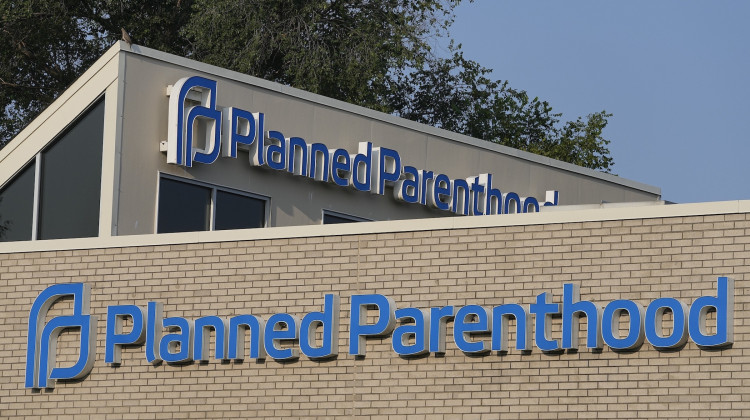
Around the globe, medical professionals, researchers, and politicians are attempting to find anything that can predict where the next COVID-19 hotspot might emerge.
New research married with techniques of the past is providing valuable data to a growing number of cities—including one right here in Indiana.
Researchers from Yale University first discovered a link between swelling infection rates with rising levels of coronavirus in municipal wastewater plants. Growing levels in samples correlated with rising infection rates.
Dr. Jordan Peccia, a Professor at Yale University, was one of the researchers that first discovered the link.
“We didn’t know that we were able to capture that until about halfway through the outbreak in our town. I think it was a pleasant surprise,” he said. “Certainly, we had a hypothesis that it could track it, but I’m not sure how hopeful we were.”
Back in Indiana, Carmel -- a wealthy suburb just north of Indianapolis -- is part of a growing collection of cities testing wastewater for coronavirus. Mayor Jim Brainard (R), says the is a valuable tool for policymakers.
“If we were to see a surge in the wastewater, first of all work with the hospitals and they can plan for it,” Brainard said. “Secondly, we can take major reverse if necessary, to go backwards on our reopening plan. I hope that we don’t have to do that, but if data indicates that we need to we would.”
John Duffy has been the director of utilities for the city of Carmel for more than 20 years. He says small amounts of virus—along with numerous others—are found in wastewater. While the models to analyze the results are difficult to precisely calculate, labs are zeroing in on the right approach.
For decades, cities have been testing their wastewater for a number of diseases and substances. Carmel and many other cities employ chemists to ensure the water being returned to the White River is cleaner than it was when taken.

Duffy says testing is relatively inexpensive and easy for a facility to implement.
“A lot of people think the same way,” he says. “Everybody also understands that’s ever-evolving, but if you don’t, the virus is here now, it’s time to start—to try.”
Currently, Carmel is not experiencing a large outbreak, but the city hopes to get a baseline of the virus to begin deeper analysis.
Experts like Peccia say this type of testing is a leading indicator.
“When you first get sick you can shed the virus and we’ll see it in treatment plants,” he said. “But most testing, or certainly prior to now, has been prompted by symptoms.”
With current testing delays this provides a head start for cities and towns searching for answers. “We’re still running in front seven or eight days in front of our testing data,” Peccia said.

Eventually, Carmel hopes to test wastewater in specific areas, like large office buildings or long-term care facilities, to isolate where an outbreak is occurring. This could stem an outbreak before it occurs and provide significant advantages over the current model of waiting for nasal swabs.
“Being able to see exactly where in the city it is would be an extremely valuable tool,” Brainard said. “If it’s coming out of one office building and that’s where the surge is, then we have other tools we can use. We can go test everyone in that office building, quarantine them, do contact tracing and see who they were around.”
To make the testing even more appealing, samples are easy to collect and relatively inexpensive to process.
“Certainly the intent is to get samples back as quickly as possible, so you can start seeing data ideally a couple of weeks ahead of others even knowing they’re infected,” Duffy said.
Officials in Carmel say lab capacity is the biggest challenge. The Boston-based lab the city was originally working with wasn’t able to get results back quickly enough. Now, it is working with labs at the University of Notre Dame and NASA.
Everyone agrees this testing will continue to evolve, and sampling these facilities doesn’t replace aggressively testing sick people or contract tracing. Instead, it offers valuable lead time for policy makers desperate for data to inform their decisions.
Quite simply, it could help protect the most vulnerable populations and even save lives.
 DONATE
DONATE




 View More Articles
View More Articles


 Support WFYI. We can't do it without you.
Support WFYI. We can't do it without you.